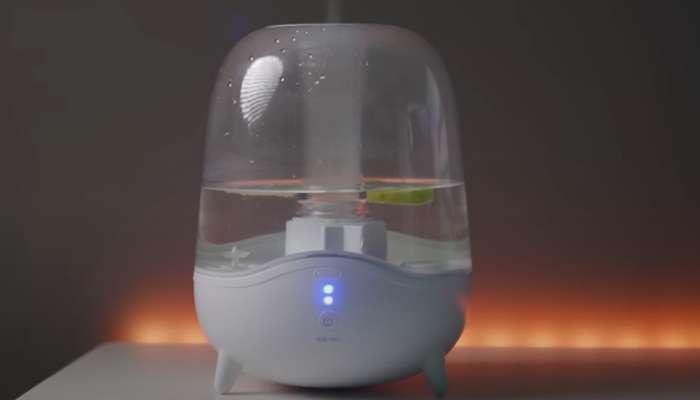Can You Use Humidifier And Air Purifier At Same Time
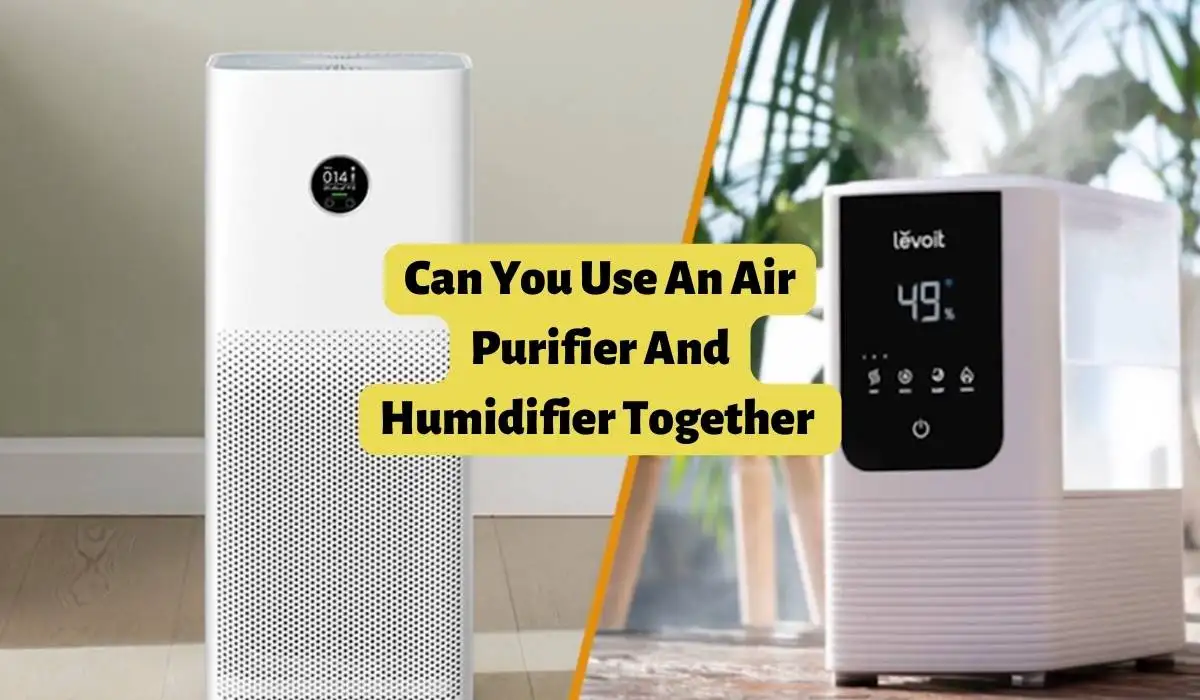
Imagine stepping into your home after a long day, the air outside thick with pollen and the lingering dryness of the summer heat clinging to your skin. You crave that breath of fresh, clean air, a sanctuary from the environmental onslaught. Perhaps you envision a gentle mist, soothing your parched sinuses and easing the tension of the day.
But then, a question arises: Can you achieve this oasis with both a humidifier and an air purifier working together? Or will they somehow clash, turning your quest for comfort into a confusing contradiction?
The answer, in short, is a resounding yes. Combining a humidifier and an air purifier can be a highly effective strategy for improving indoor air quality and overall comfort. However, understanding how these devices function and how to best utilize them in tandem is crucial for optimal results.
Understanding the Basics: Humidifiers and Air Purifiers
To appreciate how these devices can complement each other, it's important to grasp their individual roles. A humidifier, as the name suggests, increases the moisture content in the air.
This is particularly beneficial in dry climates or during winter months when heating systems can strip the air of its natural humidity. This can lead to dry skin, irritated sinuses, and increased susceptibility to respiratory infections, according to the Environmental Protection Agency (EPA).
There are several types of humidifiers, including:
- Cool mist humidifiers: These use a fan to blow air over a wet wick or filter, or utilize ultrasonic vibrations to create a fine mist.
- Warm mist humidifiers: These boil water to create steam, which is then released into the air.
- Central humidifiers: These are built into a home's HVAC system to humidify the entire house.
On the other hand, an air purifier focuses on removing pollutants and contaminants from the air. These pollutants can include dust, pollen, pet dander, mold spores, smoke particles, and even volatile organic compounds (VOCs) released from household products.
Air purifiers typically use filters to trap these particles. HEPA (High-Efficiency Particulate Air) filters are the gold standard, capable of capturing 99.97% of particles 0.3 microns in size, according to the Institute of Environmental Sciences and Technology (IEST). Some air purifiers also use activated carbon filters to absorb odors and gases, while others employ UV-C light to kill bacteria and viruses.
Therefore, the goal of an air purifier is to remove airborne irritants that may contribute to respiratory issues or allergies.
The Synergy: How They Work Together
The real magic happens when these two devices work in harmony. Here's why combining them can be so effective:
Improved Air Quality: Air purifiers remove pollutants that can trigger allergies and asthma, while humidifiers alleviate dryness that can exacerbate these conditions. It is about creating a healthier, more comfortable environment.
Enhanced Filter Efficiency: Properly humidified air can actually improve the efficiency of some air purifier filters. Excessively dry air can cause certain filters to dry out and become less effective at trapping particles.
Reduced Dust: Humidifiers can help to reduce the amount of dust circulating in the air. When the air is dry, dust particles tend to remain airborne for longer periods. Increased humidity makes these particles heavier, causing them to settle more quickly, making it easier for the air purifier to capture them.
Potential Challenges and How to Avoid Them
Despite the benefits, there are a few potential pitfalls to be aware of when using humidifiers and air purifiers together:
Over-Humidification: Excessive humidity can create an environment conducive to mold and mildew growth. This can negate the benefits of the air purifier and potentially worsen indoor air quality.
“Maintaining a humidity level between 30% and 50% is generally recommended,” advises the Mayo Clinic. A hygrometer, a device that measures humidity, can help you monitor and maintain optimal levels.
Filter Contamination: If the water used in the humidifier is not clean, it can introduce minerals and contaminants into the air. These contaminants can then be captured by the air purifier filter, potentially shortening its lifespan.
Always use distilled or demineralized water in your humidifier to prevent mineral buildup and contamination.
Proximity Issues: Placing a humidifier too close to an air purifier can potentially damage the air purifier's filter or other components due to excessive moisture. Follow the manufacturer's recommendations for placement to ensure proper airflow and prevent damage.
Best Practices for Using Humidifiers and Air Purifiers Together
To maximize the benefits of using these devices in tandem, consider these best practices:
Monitor Humidity Levels: Use a hygrometer to track the humidity in your home and adjust the humidifier accordingly.
Maintain Your Devices: Regularly clean and maintain both your humidifier and air purifier according to the manufacturer's instructions. This includes changing filters and cleaning the humidifier's water tank to prevent mold and bacteria growth.
Proper Placement: Position your humidifier and air purifier in a way that allows for optimal airflow and prevents moisture damage. Avoid placing them directly next to each other.
Water Quality: Use distilled or demineralized water in your humidifier to prevent mineral buildup and contamination.
Consider Room Size: Choose humidifiers and air purifiers that are appropriately sized for the room in which they will be used. An undersized air purifier may not be able to effectively clean the air in a large room, while an oversized humidifier could lead to over-humidification.
The Bottom Line: A Breath of Fresh Air
Using a humidifier and an air purifier together can be a powerful strategy for creating a healthier and more comfortable indoor environment. By understanding how these devices work and following best practices for their use, you can effectively combat dry air and airborne pollutants, providing relief from allergies, asthma, and other respiratory issues.
Ultimately, the goal is to create a sanctuary within your home, a space where you can breathe easily and feel your best. With a little knowledge and careful planning, combining a humidifier and an air purifier can help you achieve that oasis.
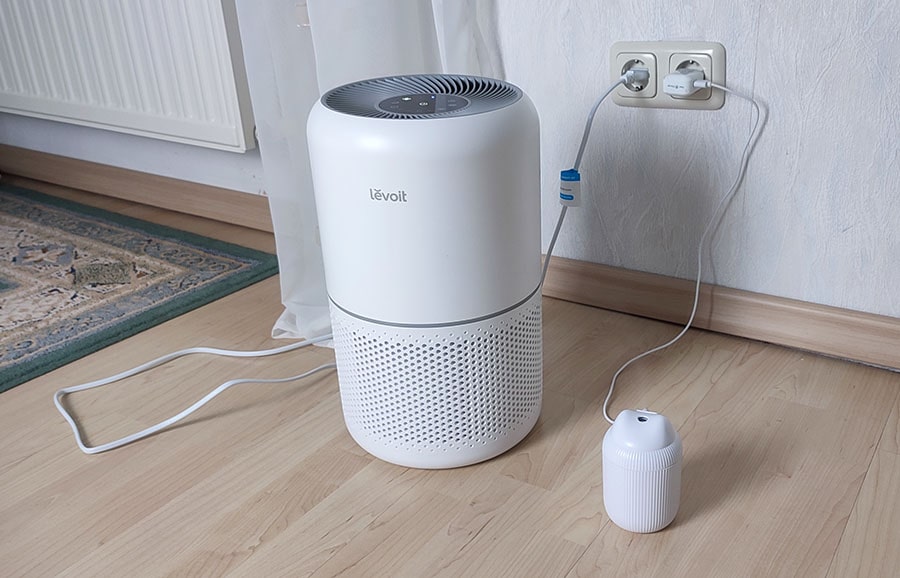

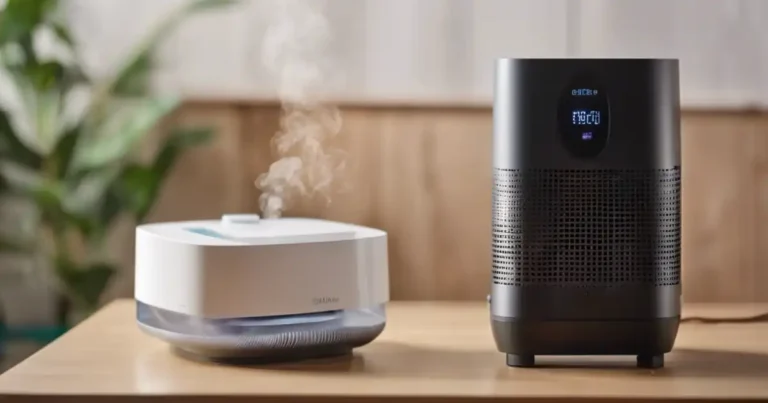
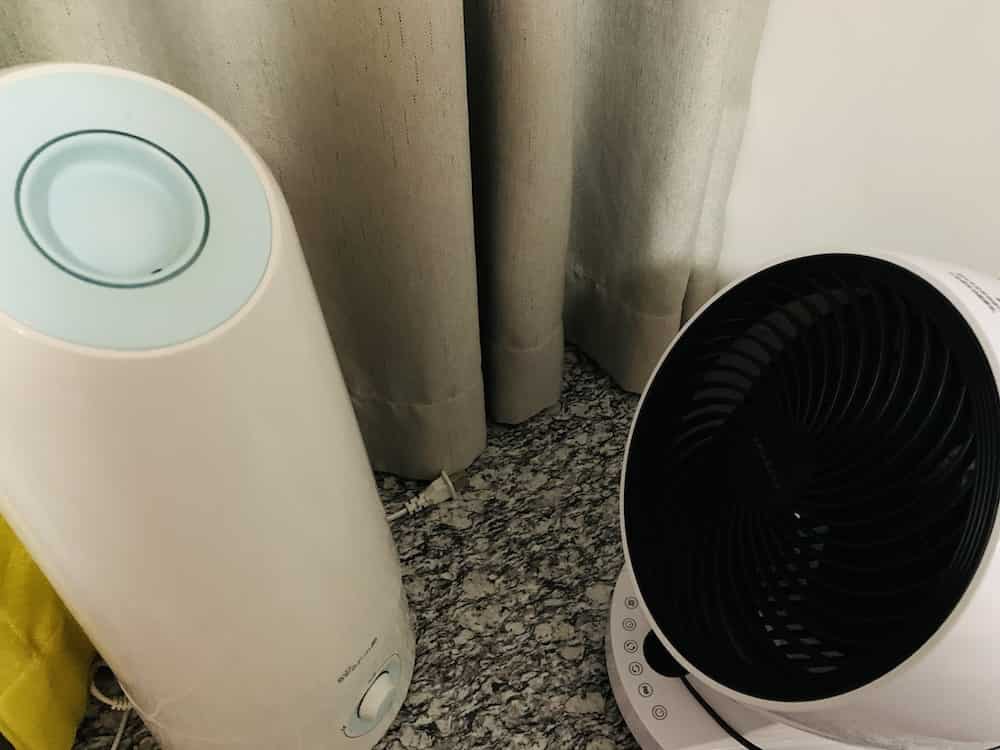

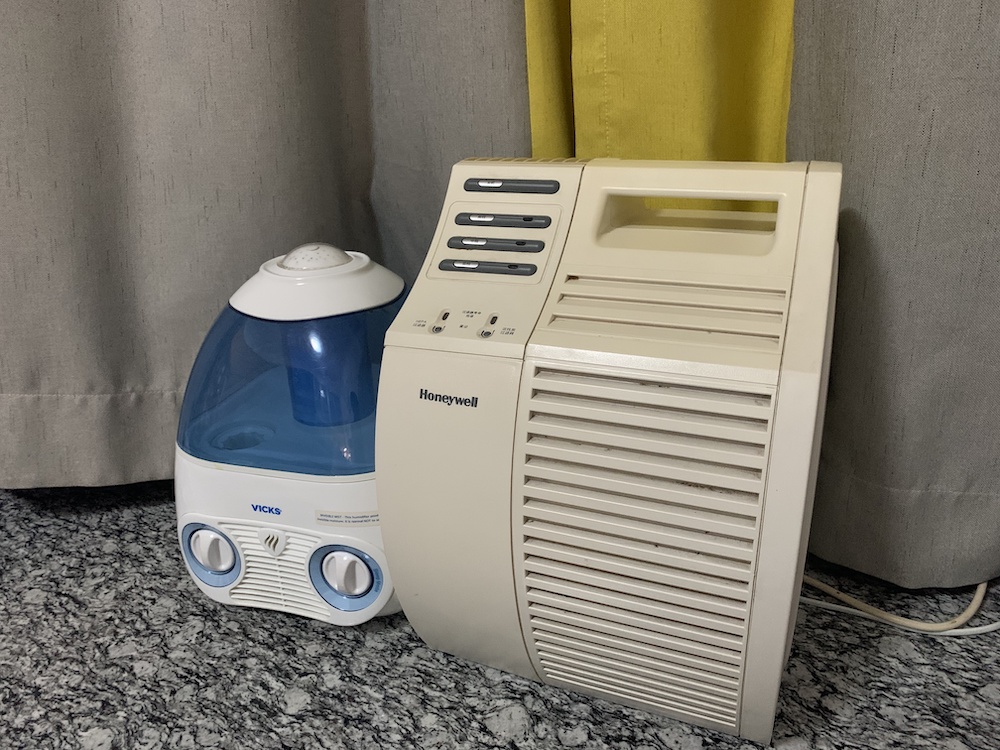
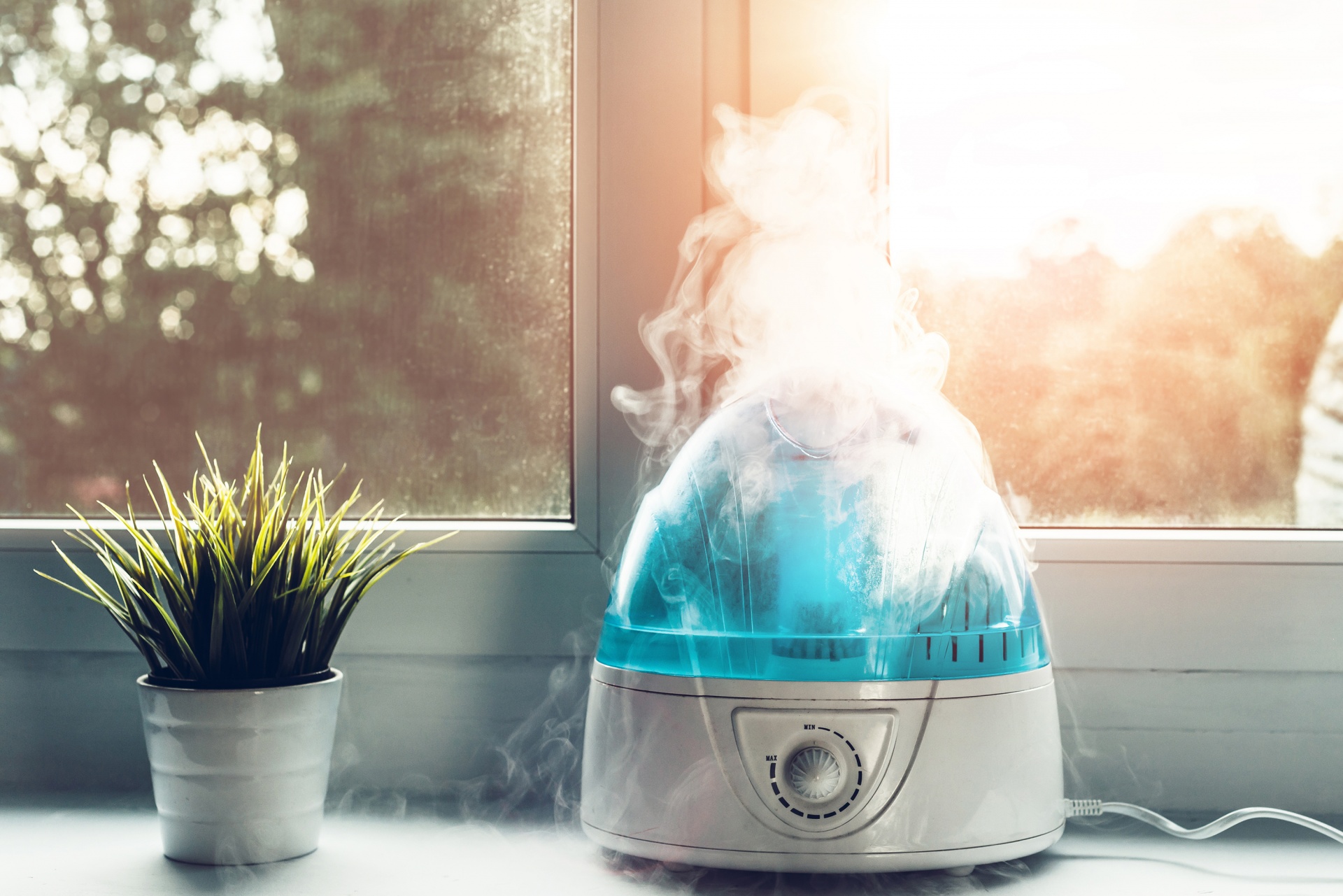



![Can You Use Humidifier And Air Purifier At Same Time Can You Use An Air Purifier And Humidifier Together? [Explained]](https://www.smartwisehome.com/wp-content/uploads/Downloader.la-6263634442168.jpg)
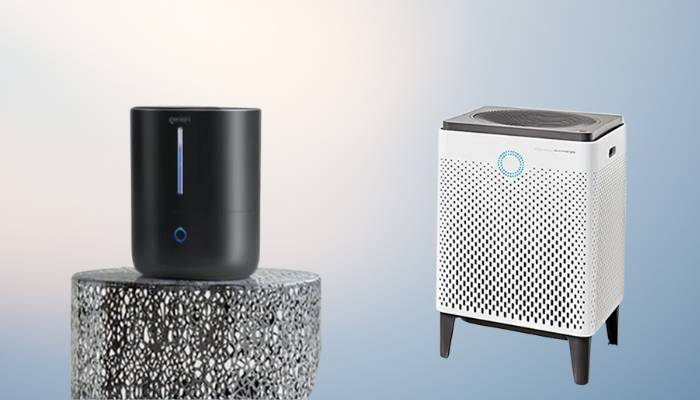


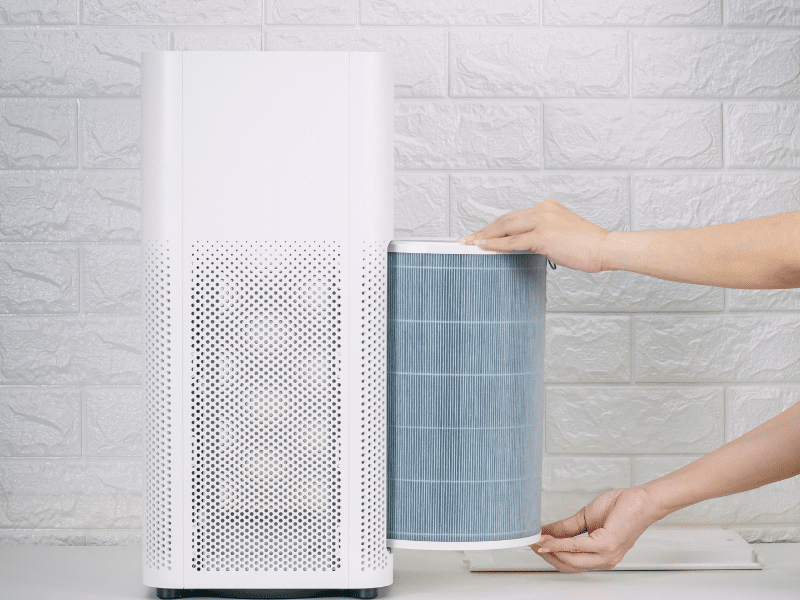
![Can You Use Humidifier And Air Purifier At Same Time Can You Use An Air Purifier And Humidifier Together? [Explained]](https://www.smartwisehome.com/wp-content/uploads/Can-You-Use-An-Air-Purifier-And-Humidifier-Together-768x572.jpg)

